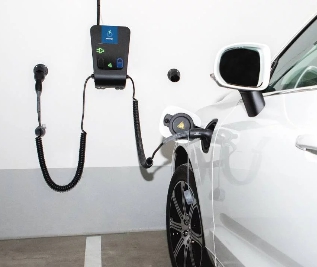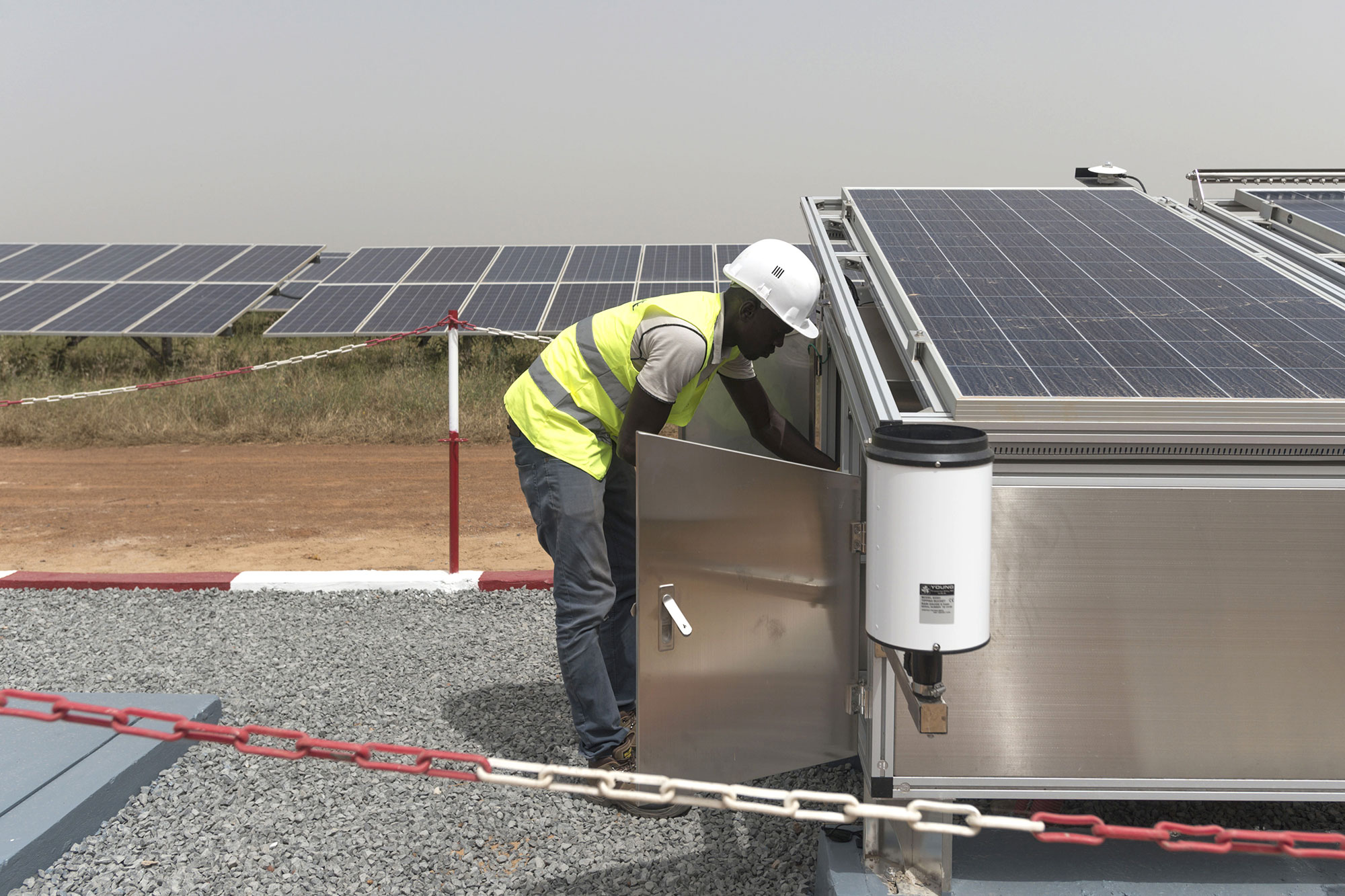Despite widespread expectations of an increase, energy-related carbon dioxide emissions stopped growing in 2019, according to IEA data.
Staying constant at 33Gt despite the global economy growing by 2.9 per cent, the balancing act has been attributed to the declining emissions from electricity generation and the substitution of renewable sources and switching from coal to natural gas. Other factors included milder weather in several countries, and slower economic growth in some emerging markets.
“We now need to work hard to make sure that 2019 is remembered as a definitive peak in global emissions, not just another pause in growth,” said Dr Fatih Birol, the IEA’s executive director. “We have the energy technologies to do this, and we have to make use of them all.”
The US, despite its political variance to the Paris Goals, recorded the largest emissions decline on a country basis, with a fall of 140Mt, or 2.9per cent. Emissions in the European Union fell by 160Mt, or 5 per cent. Japan’s emissions fell by 45Mt, abut emissions in the rest of the world grew by close to 400Mtin 2019, with almost 80 per cent of the increase coming from countries in Asia where coal-fired power generation continued to rise.
“This welcome halt in emissions growth is grounds for optimism that we can tackle the climate challenge this decade,” said Dr Birol. “It is evidence that clean energy transitions are underway – and it’s also a signal that we have the opportunity to meaningfully move the needle on emissions through more ambitious policies and investments.”
Latest News
-
Premier League and Comic Relief partnership aims to improve children’s mental health
-
Russell Hobbs launches food poverty campaign in schools
-
Tottenham Hotspur and charities launch film to tackle mental health stigma
-
Cardfactory funds homelessness charity’s team of psychologists
-
Bingo firm raises £300,000 for the Stroke Association
-
Sainsbury’s links up with Comic Relief for festive recipe campaign
© 2019 Perspective Publishing Privacy & Cookies







Recent Stories